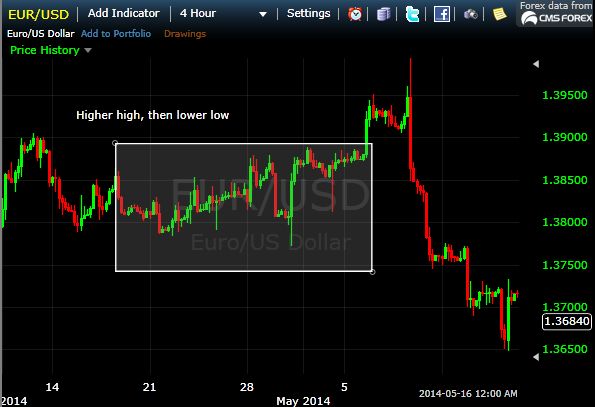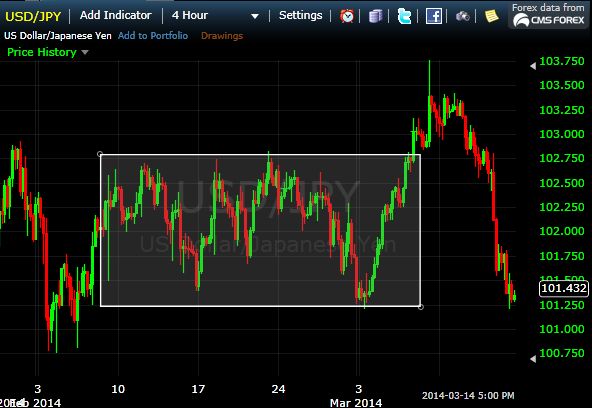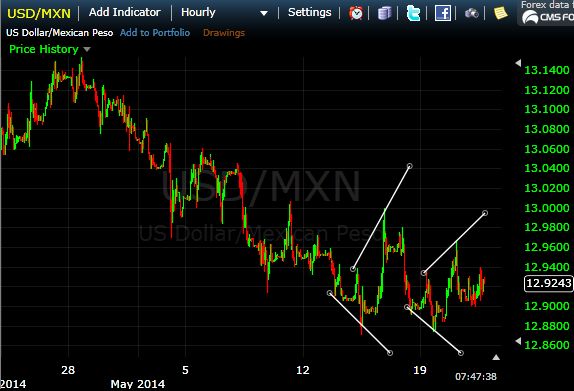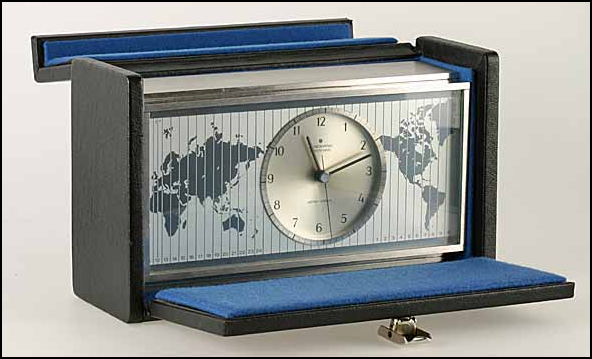When NOT to Trade
How near term seasonality affects when to trade
There are many reasons for when not to trade. Today I want to focus on seasonality in the markets. Many traders forget to think about when they are trading and this is often why their trades will fail. What would constitute a strong signal in a market that is fully present and engaged may not pan out quite the way you think during a time when market participation is at a low.
Seasonality can range from the nearest terms, such as day-to-day, all the way out to super long term secular seasons. For this article I am going to start with what I will refer to as day-to-day seasonality and move up to a week-to-week, month-to-month and secular seasonal factors in subsequent postings.
The Market And Circadian Rhythm
Believe it or not there is a day-to-day seasonality to the markets, kind of a circadian rhythm. It only makes sense when you think about it in terms of the trading day. The market is not always awake, although it can sometimes be an insomniac.
Trading begins each day in Australia and Japan as the world wakes up. Then, as the world turns markets in China, Russia, India, the Middle East, Europe and then finally the US open for trading. Once trading closes in the US there is a pause, if only for a few hours, until the wold spins around to start the cycle over once again.
Now, throughout the day there are times when more or less of the market is open, but at no time is the entire world market open, even with assets that technically trade 24 hours a day. In the beginning only Australia is open, a small amount. For a while Australia, Japan and China are all open, supplying a large amount of market participants, but may not be the right time for you to trade unless you are trading an Asian based index or forex pair.
As the world turns both Asian and European markets are open until Asian closes and then only Europe is open. Finally, at 9:30AM ET, the US market opens and for only 2 hours both Europe and the US are open. It is important to consider this when trading, and more importantly for choosing when you are going to trade. It will depend on where you live and which markets you want to trade but I highly suggest only trading when the respective market is open.
For example, both Gold and the EUR/USD can be traded 24 hours a day, nearly 7 days a week, depending on what it is you are trading. Trading at a time when either, or worse yet, both, markets are closed is a sure time to avoid trading, especially short term options like 60 second, 5 minute or even one hour. And don’t forget, many Asian financial market close down for an hour at lunch time.
When The Smart Money Trades
As if this is not enough to worry about you also have to consider the time of day in terms of what happens between the open and the close. Typically trading is very active for the first half hour of the day as early positions are established based on overnight news and changes in sentiment. This will slow down to a more measured pace throughout the middle of day as buy and sell orders coming through the pipe are carried out.
Then, usually right around 2:30, trading will pick up again for a half hour or so as the pro traders once again begin to settle and/or open positions based on the day’s price action. This is important to consider for two reasons. First, signals that occur during the first half hour and at/after 2:30 PM are usually far stronger than at any other time.
These are the times when the smart money, the fast money, the professional traders and other savvy investors and speculators are trading. Not only is this important because of the volume, it is important because this is what the really good traders are doing. Do you want to trade with them or against them? I dare say that it would be far wiser to trade with them, wouldn’t you?
Economic Data – The Unexpected Storm
Economic data can be an unexpected storm for the traders who are unprepared for them. There are very few economic data points, if any, that are released every day but there are some that are released every week and many more that are released every month.
You don’t have to be in perfect synch with the economic calendar of events but is important to be aware if there are events scheduled each day. These releases are often catalysts for profitable market moves but can also provided unseen resistance and false signals if you don’t know one is about to be unveiled. Smart money will usually trade before and after the release, while waiting to see what happens during the release, if the market is open of course.
After reading this you might think that finding the perfect time to trade will be very hard but this is not so. You simply have to have an understanding of the trading day, what you are trading and when the smart money is likely to be getting into the market. With these things in mind it will be much easier to pick a good time to trade.
In the end the idea is to have a good time and to make some profits, trading a sluggish market is one hurdle that you have control of so don’t let it stand in your way. The way the world financial markets work and the access provided by binary options it is possible to find a market to fit just about any schedule.
When not to trade – technical analysis
Entry signals seem to be the darling of the trading world; everybody wants to know when to get in! The trick to trading is to NOT continually seek entries, but to know when to sit on your hands. So what traders should be really focused on is when to stay out.
Based on all the different strategies in the world someone is entering the market every second, yet as a trader that doesn’t mean it is a good trade. After a decade of trading the following charts show examples of times I don’t trade, simply because in real-time there isn’t a way to set-up a high probability trade. Hopefully the examples help you avoid trading when times aren’t ideal.
Choppy–No Clear Direction
During a trend we may have several hours of choppy price action as the price consolidates. That is ok, I still trust the trend through a bit of chop.
When there is more than a couple days of choppy action though, I won’t put initiate new positions within that choppy area. Sit back and either wait for a better entry outside the choppy price action or let the price begin to trend again before placing orders.
Figure 1 shows a recent example in the EURUSD. There was a couple days where the price made a higher high and then a lower low, and even though the price was making some progress higher, it was just not a high probability environment to put out orders on this time frame. The price would barely make a new high, and then collapse back. Not compelling. Read Strategy for Trading Strong Trends for a better idea of the price action we are looking for.
Figure 1. EURUSD 4-Hour Chart

Here’s another example which occurred in the USDJPY in late February. The price couldn’t make progress higher or lower, yet with different highs and different lows even a range trading strategy wouldn’t have likely faired well during that time.
Figure 2. USDJPY 4-Hour Chart

Expanding Ranges
When the price keeps makes high highs then lower lows (or vice versa), it is tough to find an entry. Usually by the time you notice the expanding range and try to adapt to it either volatility will die off resulting in more losing trades or the price will start to trend, making the attempt to trade the expanding range futile.
Therefore, as mentioned in figure 1, if I see a higher high followed by a lower low, I usually won’t put out trades until the pair chooses a direction.
Figure 3. USD/MXN Hourly Chart

The USD/Mexican Peso is not a pair I highly recommend for trading, especially if you’re a new trader. The pair can be extremely choppy and the last couple days highlights why it is good to step away when the price makes a higher high followed by a lower low (or vice versa). When we see this, it is better to look for opportunities in other pairs.
Final Word
When I see the price making these sorts of moves I step aside and look for opportunities in other pairs. There is always a trade somewhere, so there is absolutely no reason to take a trade in a pair that is moving choppily or in an expanding range. It is in these environments that traders lose most of their money. As soon as you notice it, stop trading in that pair, and look for greener–more profitable–pastures.
